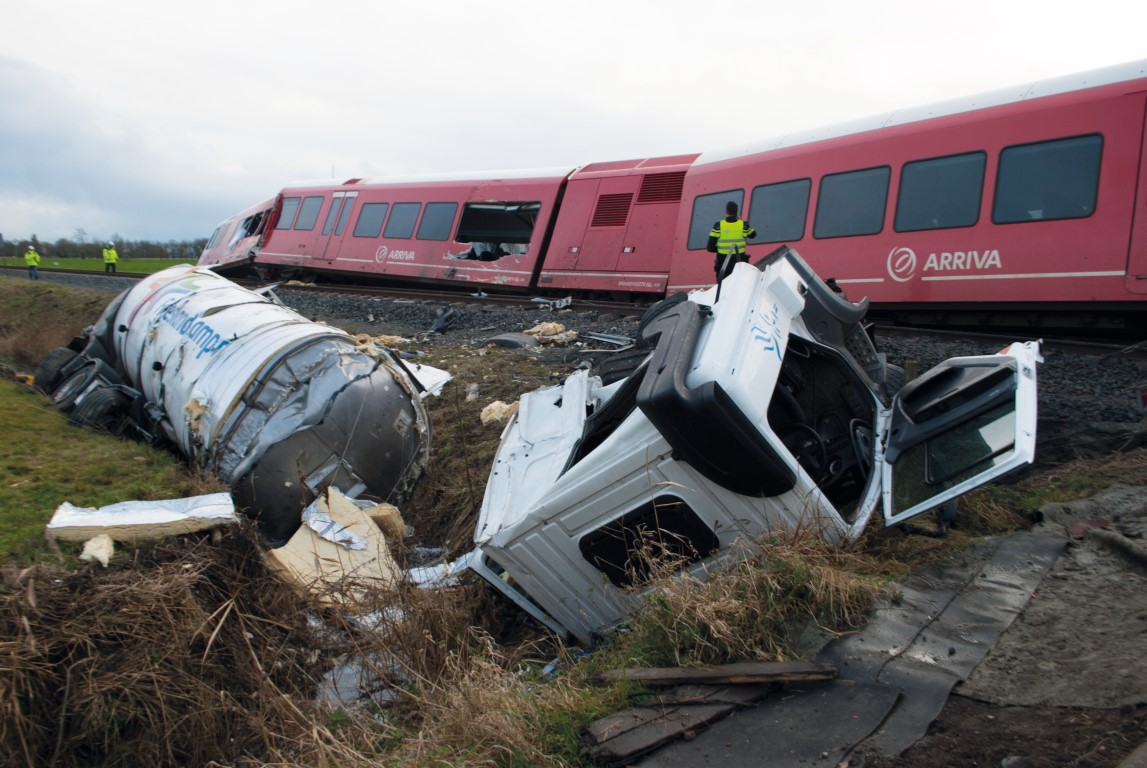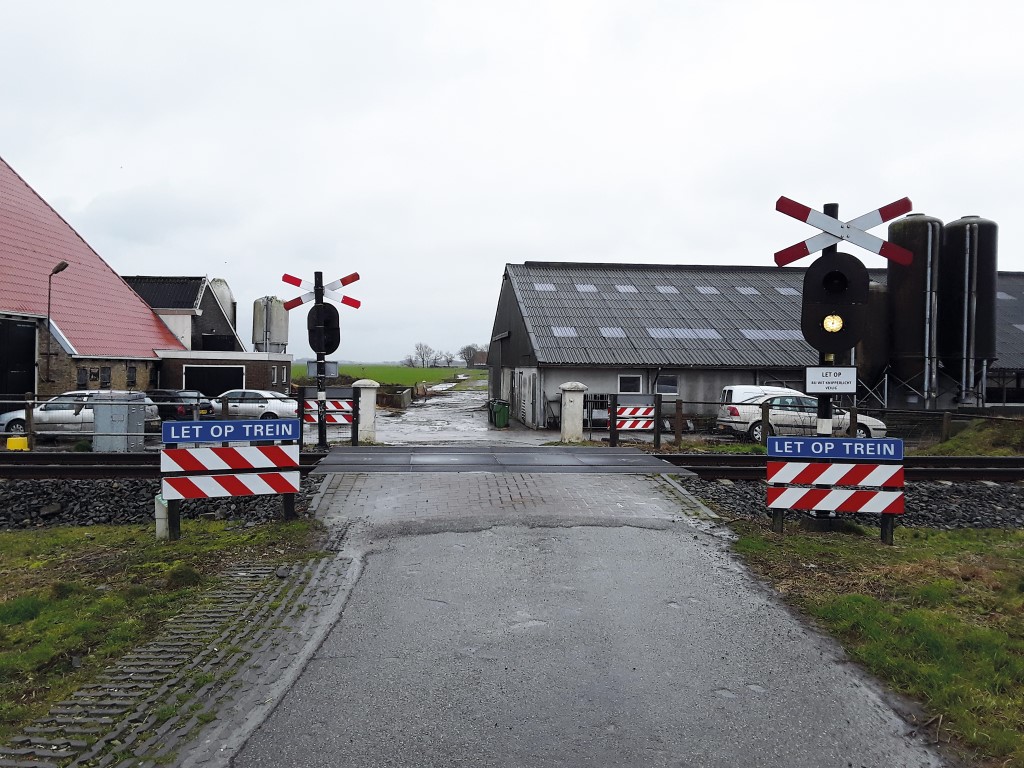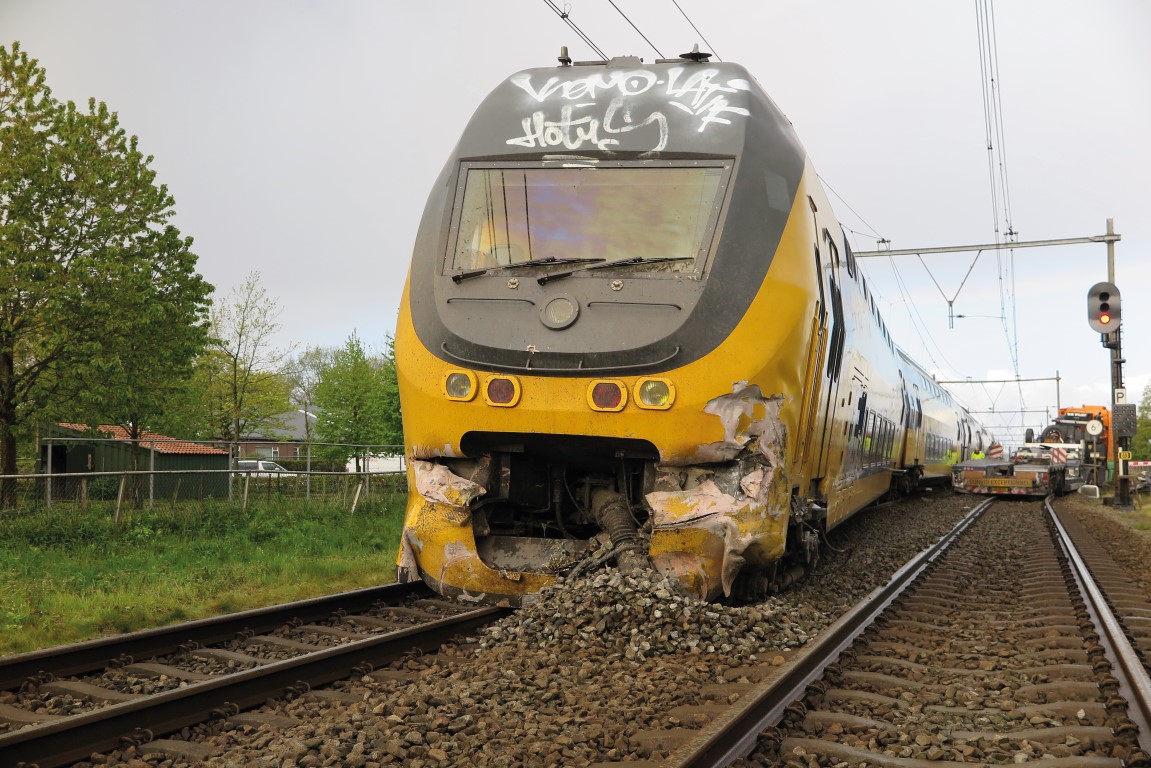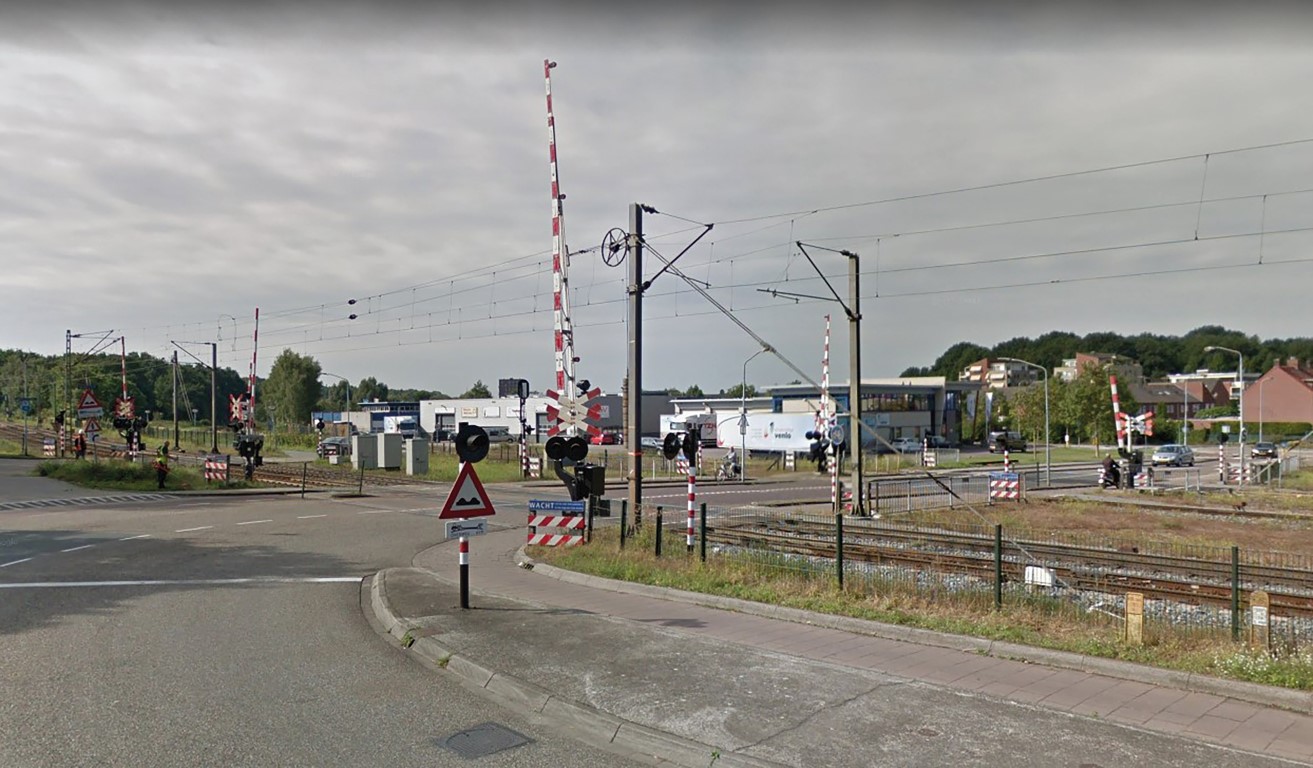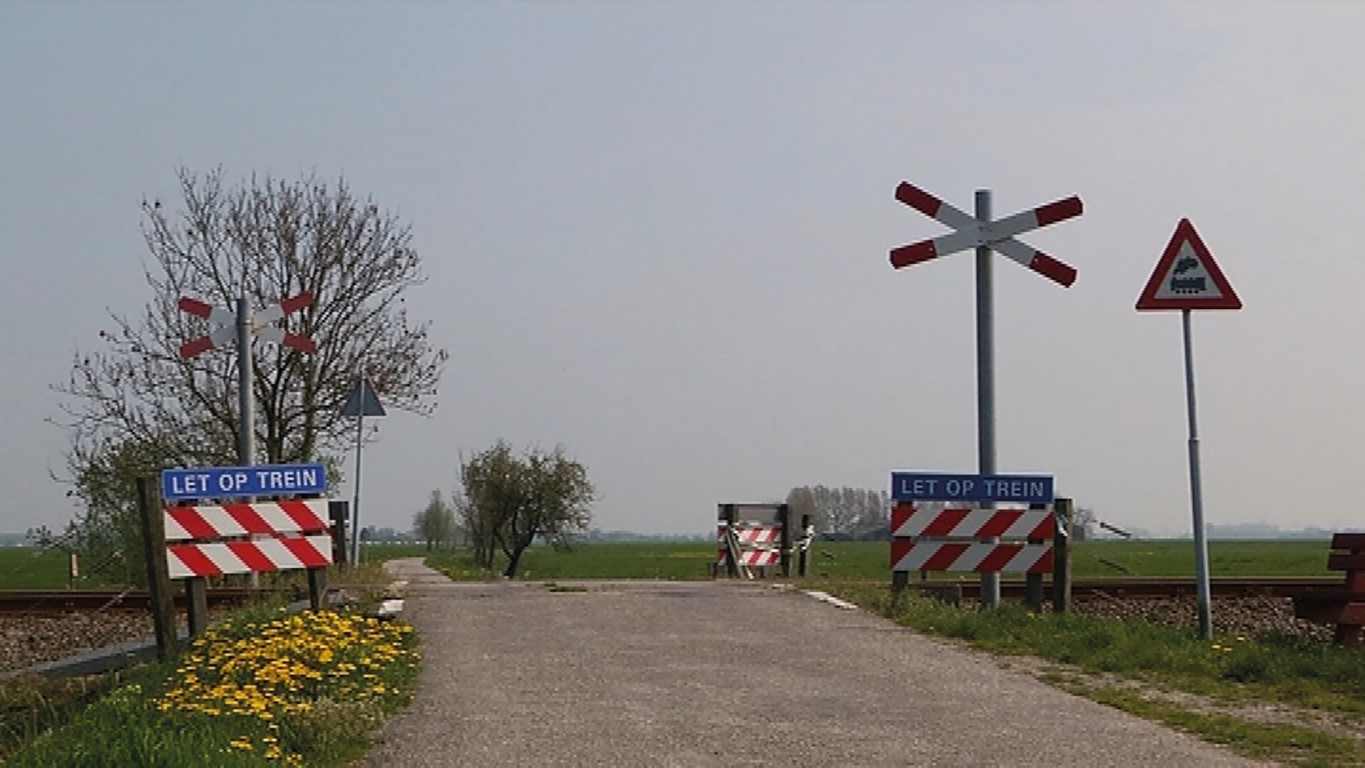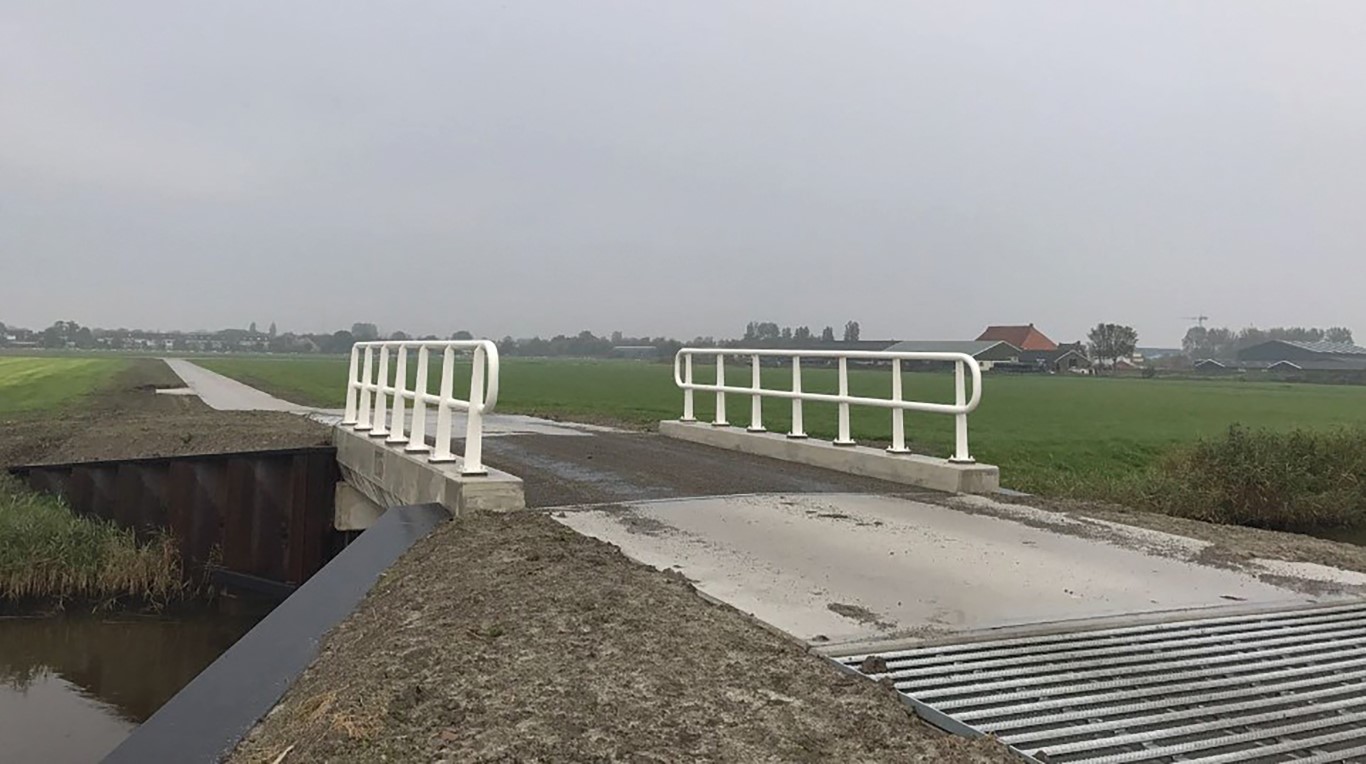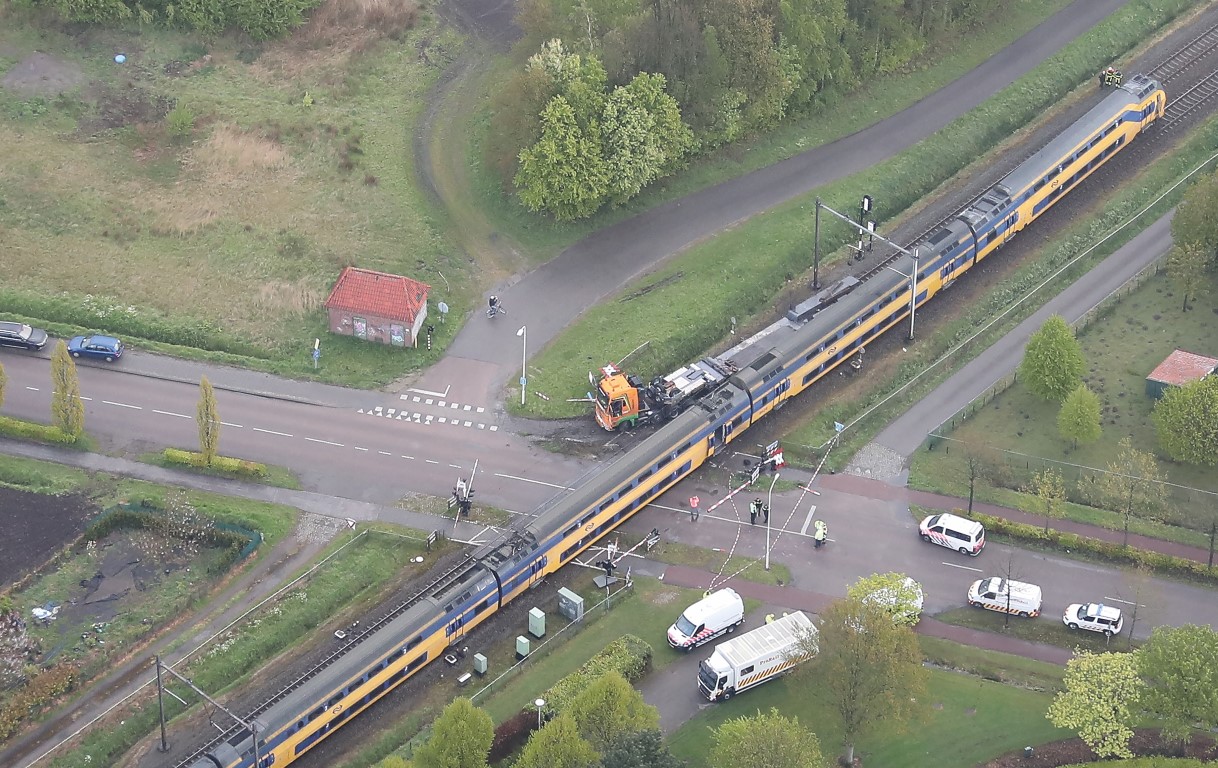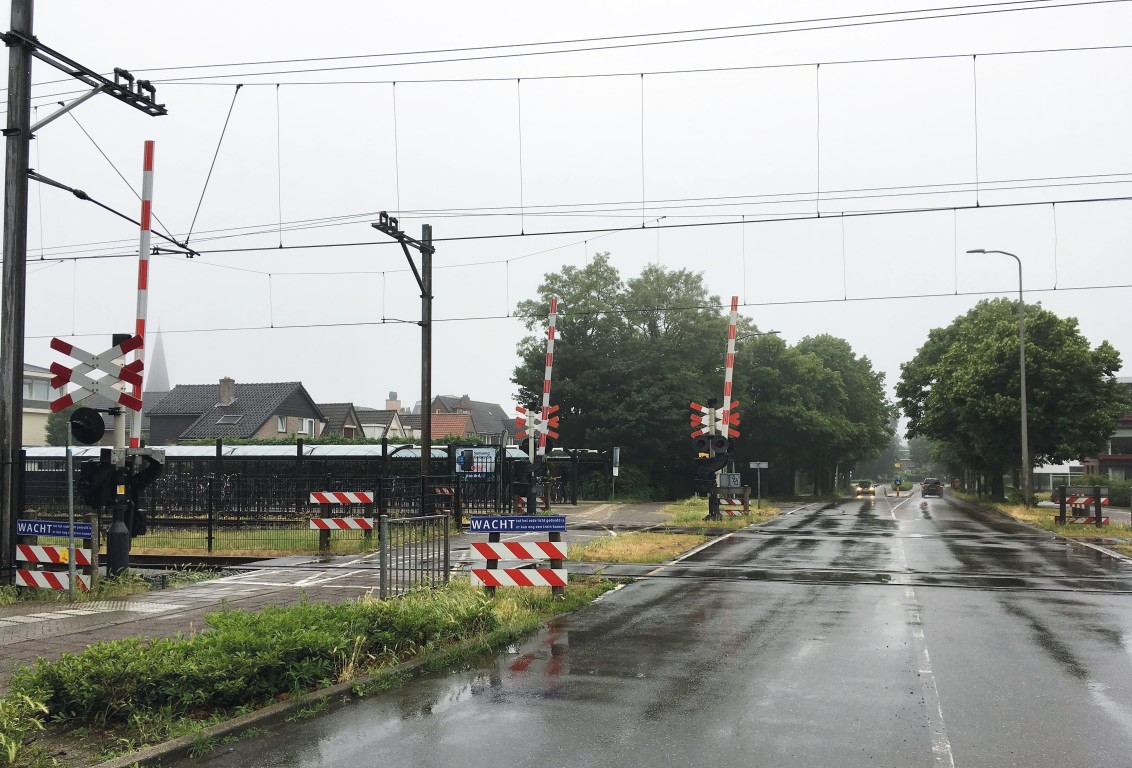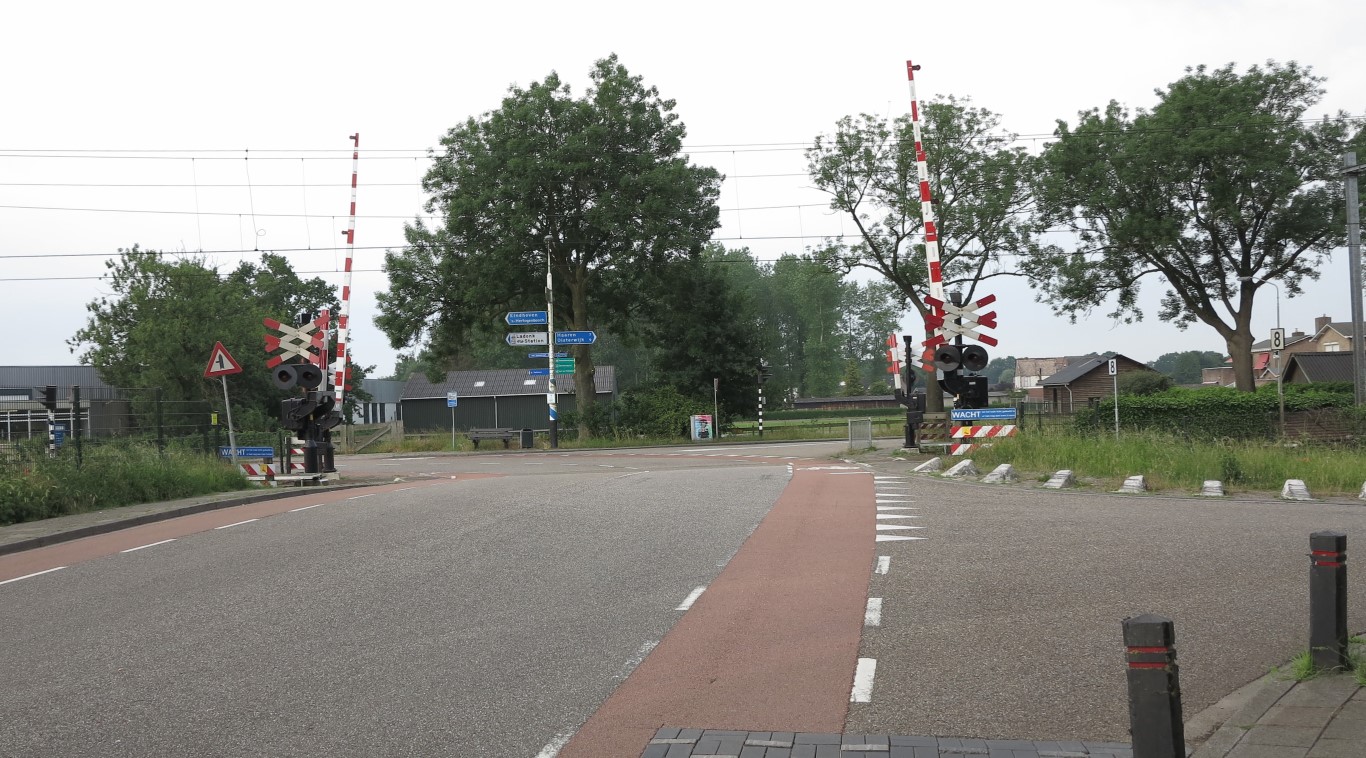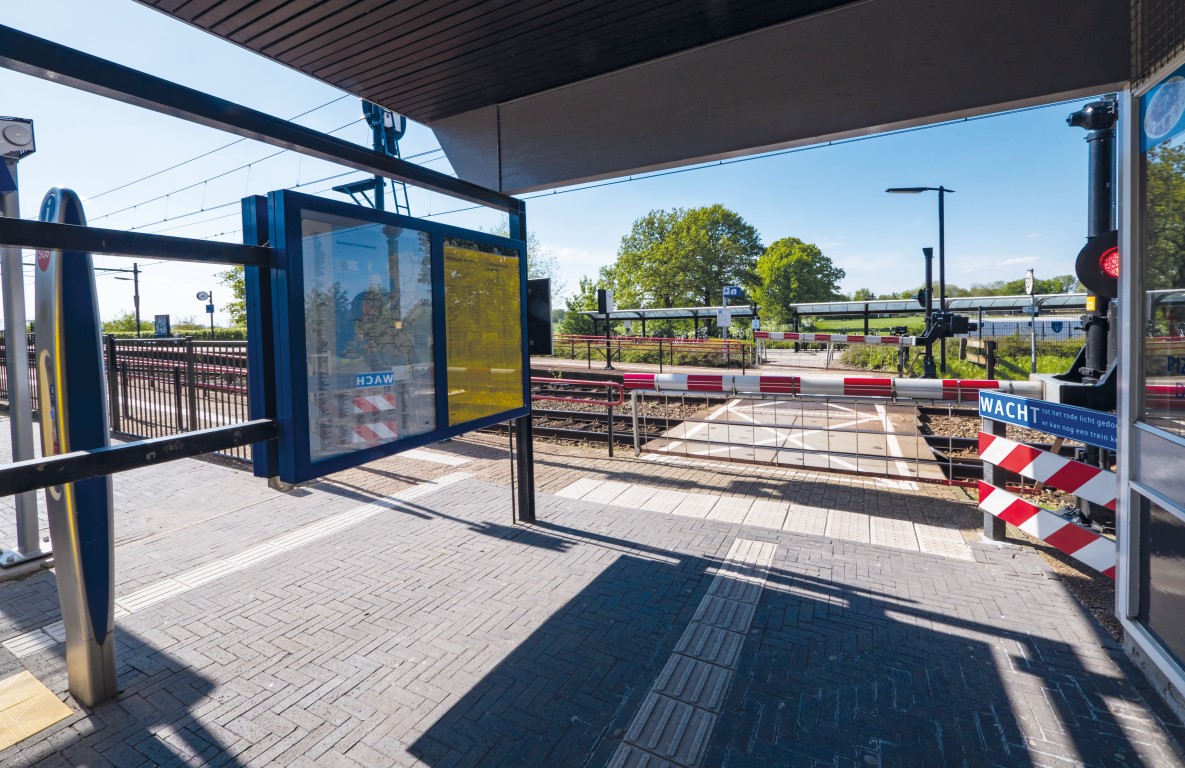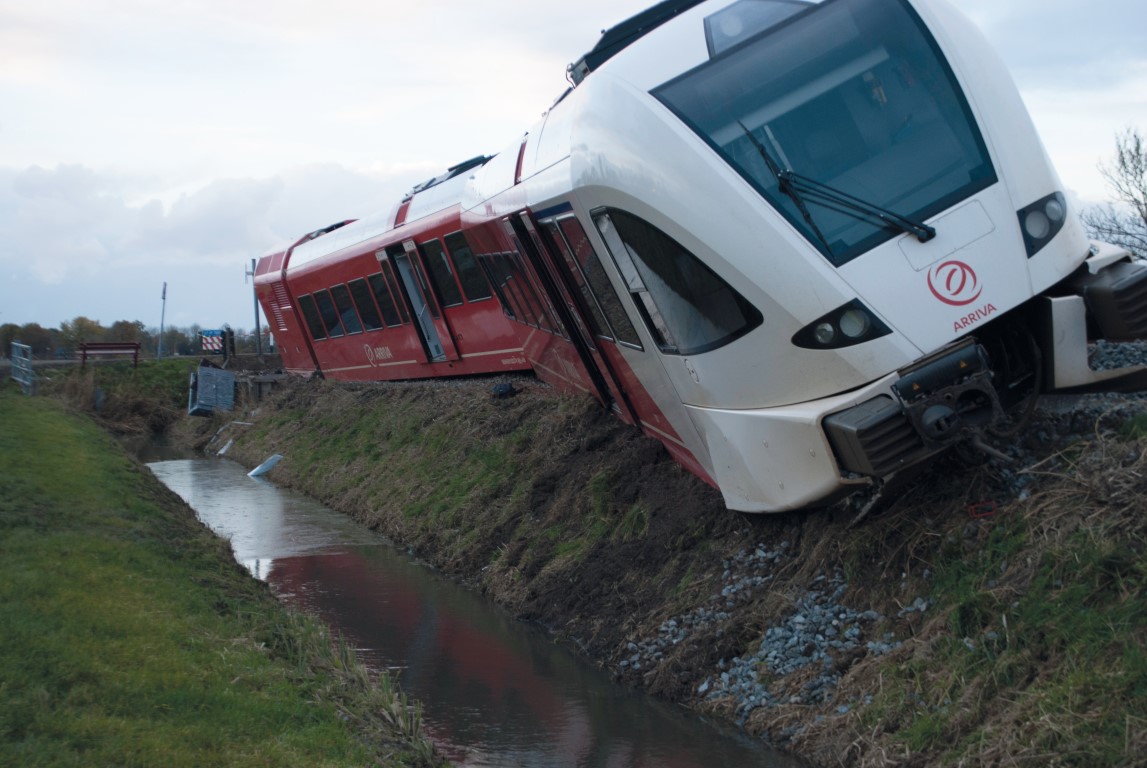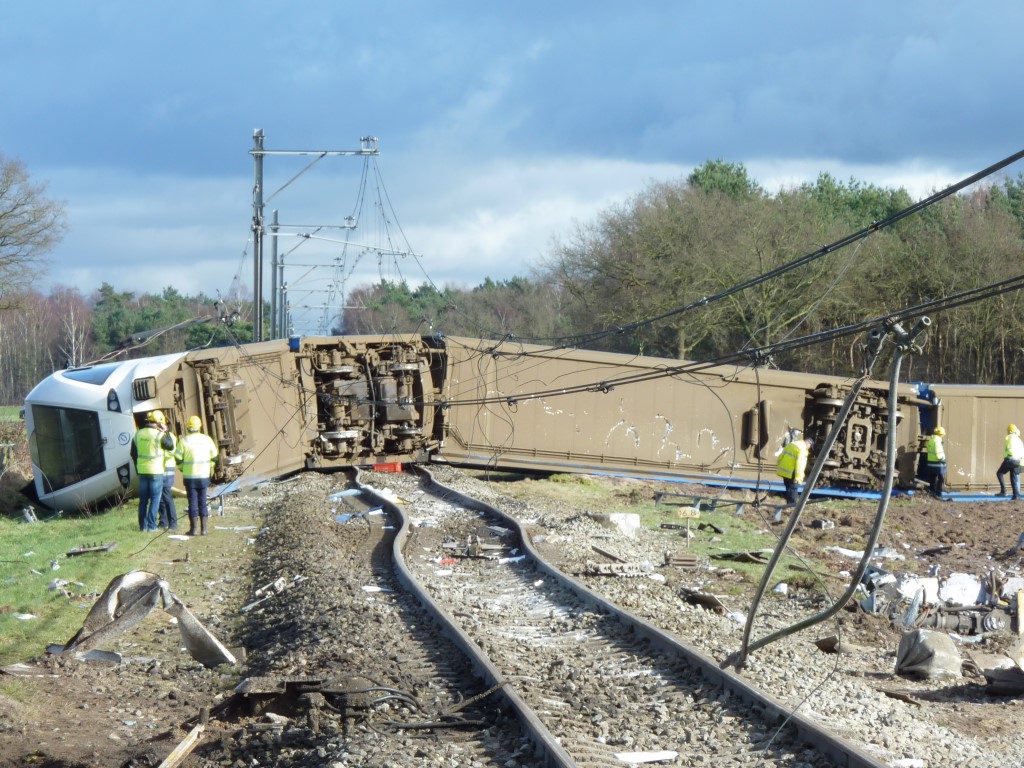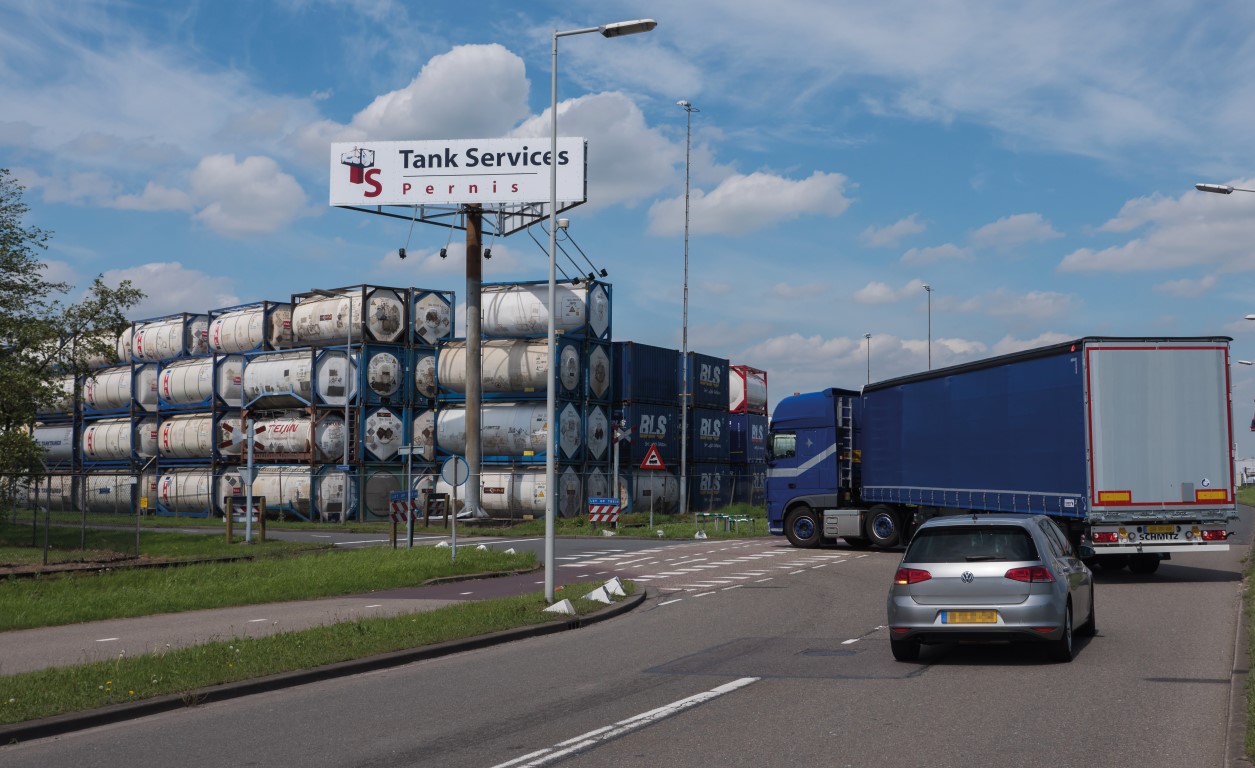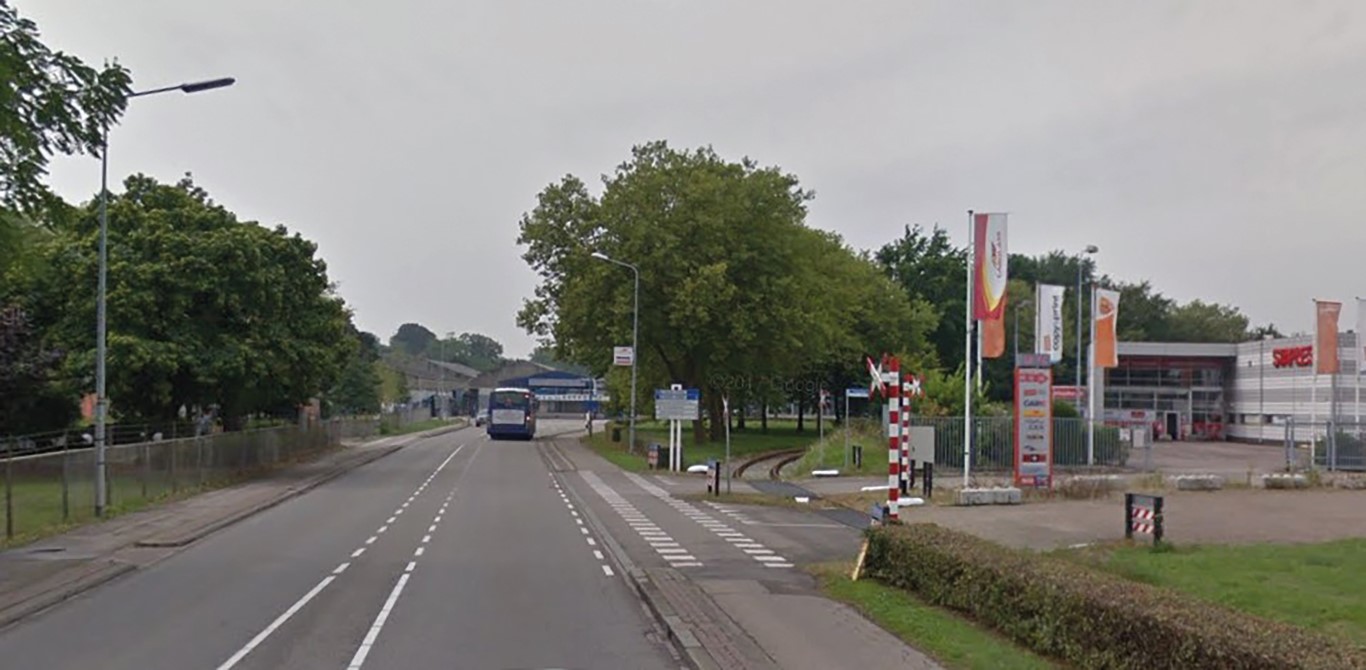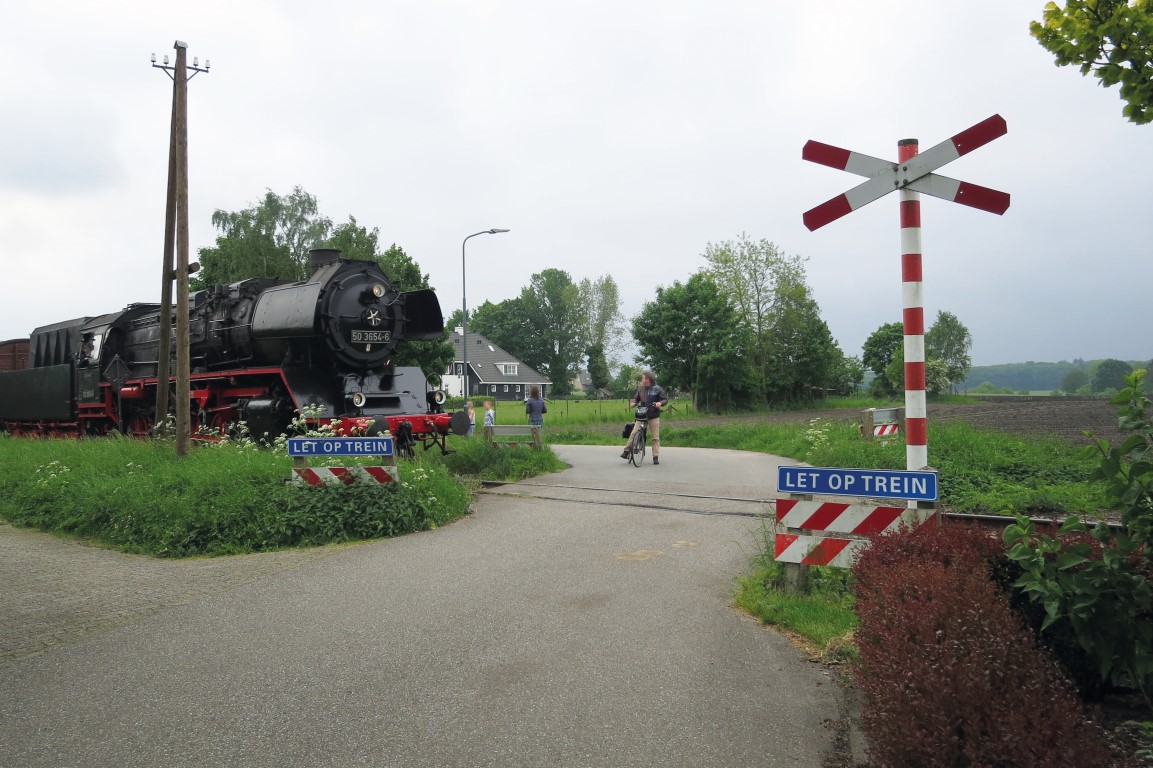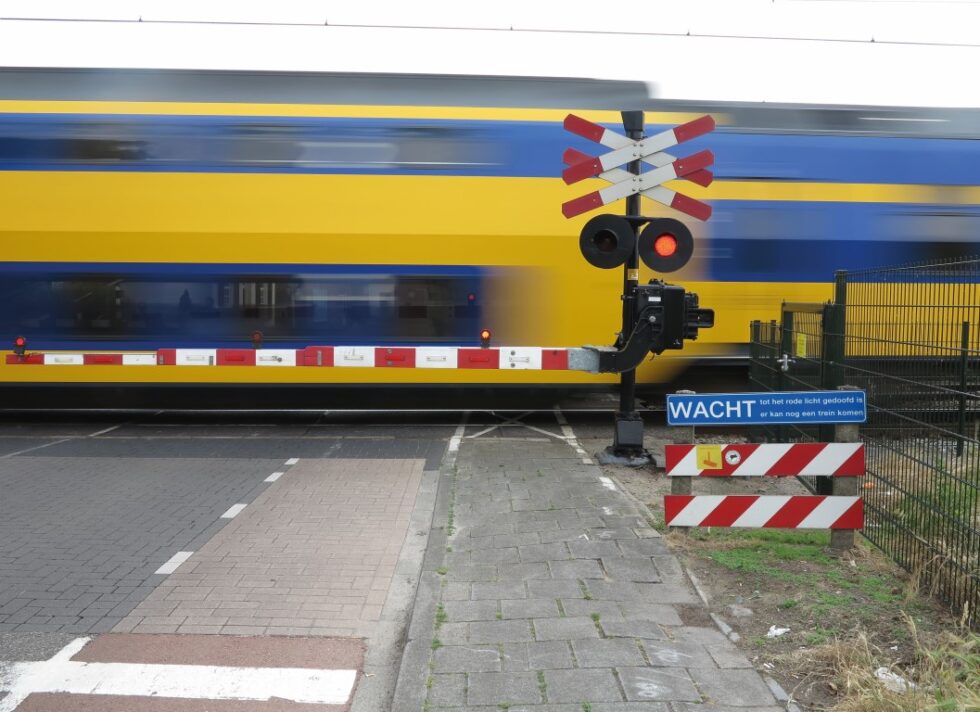
Crossing safety - A risky crossing of interests
An average of eleven people lose their lives in a level crossing accident on the railways every year. The Netherlands is the only country in Europe with a high volume of train traffic and a large number of level crossings; two features that do not go well together. Moreover, the intensity of both railway traffic and road traffic is rising, which increases the likelihood of an accident.
Three serious level crossing accidents, in the towns of Winsum, Harlingen and Wouw, at the end of 2016 and beginning of 2017 prompted an investigation into both protected and unprotected level crossings. The investigation examined the level of protection of level crossings, the vision on level crossing safety and the extent to which lessons had been learned from earlier railway incidents.
Summary
Level crossings are dangerous
Level crossings are dangerous Level crossings are a familiar but also dangerous component of the Dutch landscape. Level crossings are an at-grade intersection between a railway line and a road, where the train always has priority. They originate from a time when trains ran slowly, there was limited road traffic and crossing-keepers fully closed the track by hand for safety. The crossing-keepers are gone now, trains have become much faster and quieter and there is much more road traffic crossing the railway. Trains travel at 140 km/h and it is impossible for them to stop in time or take evasive action. Collisions with pedestrians, cyclists or drivers are often fatal.
Focus on level crossing safety is waning
There are approximately 30 level crossing collisions every year and 11 people unintentionally loose their lives in level crossing accidents. This is fewer than 15 years ago, when the Dutch Transport Safety Board published a critical report on level crossing safety. The Safety Board believes this improvement in safety is positive but notes that the focus on and ambitions for level crossing safety at the responsible Ministry has waned: since 2010, the Ministry of Infrastructure and Water Management has not had a concrete objective for reducing the number of level crossing casualties and, moreover, local authorities are expected to pay 50% of the costs while they have no formal responsibility for level crossing safety. In a recent letter to the House of Representatives* the State Secretary for Infrastructure and Water Management wrote that she was releasing more funding to tackle level crossings, which the Safety Board believes is a positive development.
Nevertheless, the State Secretary also wrote that she was sticking to the policy being pursued. This has not resolved the protracted administrative impasses that arise when improving level crossing safety – which the Dutch Transport Safety Board also noted 15 years ago. All of this is reflected in the figures: the curve for the number of level crossing casualties is levelling off, while it was clearly downwards prior to 2010.
The level of attention devoted by the Ministry to the issue of railway safety is not appropriate for the situation on the Dutch railways. The Netherlands is the only country in Europe with both a high volume of train traffic and a large number of level crossings; a combination that does not go well together. Moreover, the volume of traffic will only increase further on both the road and the railway. The Safety Board therefore expects the State Secretary for Infrastructure and the Environment will continue to work ambitiously on reducing the number of level crossing casualties. To achieve this, she must protect all unprotected level crossings in the short term, make the level crossings that are already protected even safer and significantly reduce the number of level crossings.
Unprotected level crossings must be protected more quickly
Given the high speed at which trains currently travel, the Safety Board believes that unprotected level crossings are unacceptably dangerous. The likelihood of an accident at these level crossings is much greater than at protected level crossings because the road user is not warned of an approaching train and there is no physical barrier at all between the road and the railway. Therefore, the remaining unprotected level crossings must be protected as quickly as possible. However, the current policy encourages protracted discussions between the parties involved as a result of which removing or modifying these level crossings is a very slow process. Unprotected level crossings must have been tackled within a few years under a policy that does not become bogged down by substantive and financial discussions.
Protected level crossings must become even safer
There is also work to be done on the protected level crossings. The Safety Board has noted that the majority of accidents occur at protected level crossings. This is not because they are less safe than unprotected level crossings but because they represent the majority of level crossings and handle the majority of the road traffic. It is not as easy to improve the safety of protected level crossings as it is to improve the safety of unprotected level crossings. Nevertheless, the number of level crossing casualties and the severity of them can be reduced by providing additional safety measures at protected level crossings, which are based on the lessons learned from the proper investigation of accidents. However, the Safety Board notes that a significant proportion of the budget made available is being spent on a limited number of level crossings. At the same time, the Safety Board notes that all parties involved can learn more lessons from level crossing accidents. They should also study the approach of Switzerland and the United Kingdom who perform much better than the Netherlands in terms of level crossing safety.
Fewer level crossings means fewer accidents
New railway lines are being constructed without level crossings and no new level crossings are being built on existing railway lines. The Safety Board is amazed that there is no similar policy for the existing level crossings. This requires an ambitious plan for reducing level crossings in the next few decades, taking account of the need of road users to reach the other side of the railway.
Responsibility
A further reduction in the number of level crossing casualties is necessary and achievable. In the long term it is even possible for there to be no level crossing accidents. However, this will not be achieved with the current policy. Policy exists but it demonstrates little vision and ambition. There is also little understanding of where responsibility for level crossing safety is vested. The State Secretary has indicated that this is not her responsibility; it is ProRail’s. Apart from the fact that the Ministry has not explicitly delegated this responsibility to ProRail, the Ministry retains ultimate responsibility for safety of the railways and the level crossings in any event.
The way that the cause of level crossing accidents is portrayed to the outside world is that they are primarily attributable to the reckless behaviour of road users. However, research by the Safety Board has revealed that this is not the case in the majority of accidents. Moreover, this type of qualification creates the impression that many level crossing accidents cannot be prevented. The Safety Board expects the State Secretary for Infrastructure and Water Management to ensure a significant reduction in the number of level crossing casualties through a targeted and ambitious level crossing policy.
Recommendations
To the State Secretary for Infrastructure and Water Management:
- Within six months, merge the existing level crossing programmes (LVO and NABO) into a single overarching level crossing policy. With this policy, halve the number of level crossing accidents and level crossing fatalities within 10 years and reduce it to zero as quickly as possible;
- Improve level crossing safety;
- Legally stipulate who is responsible for what and bears the costs for level crossing safety.
